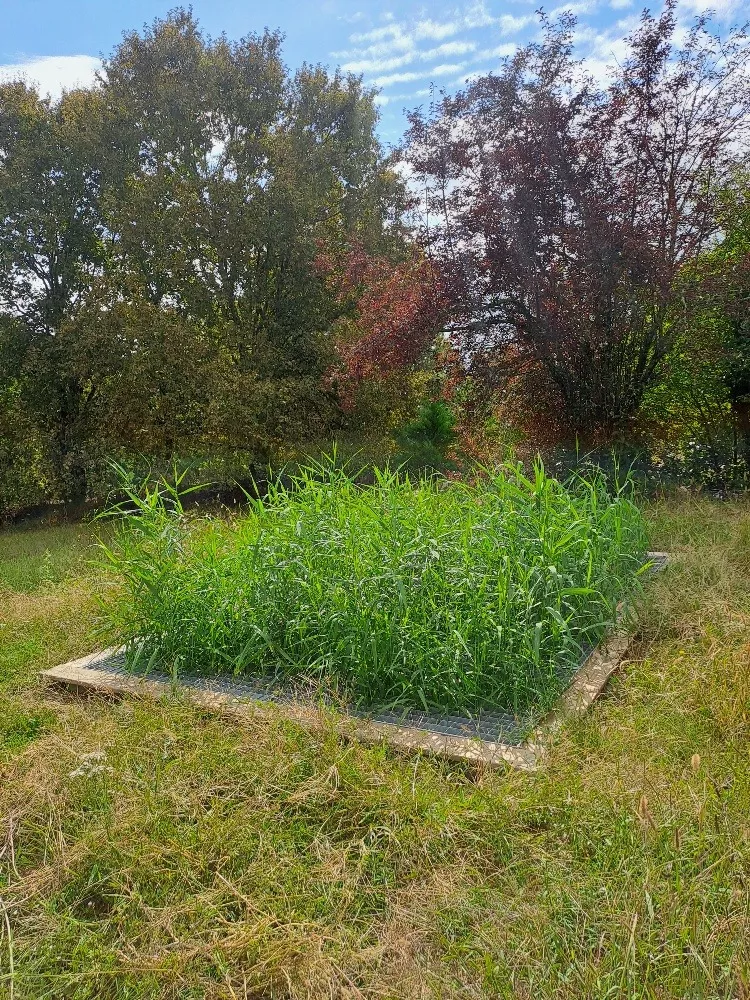How can a design office optimise your individual sanitation project to make it environmentally responsible?

Integrating ecological solutions into an individual sanitation project
In a context where the preservation of the environment has become a global priority, individual sanitation is no exception. More and more households are seeking to improve their ecological impact, in particular by opting for eco-responsible sanitation solutions. A design office can play an important role in optimising this type of project. Thanks to its expertise, it can propose innovative and adapted solutions, while ensuring compliance with current environmental standards. In this article, we will explore how a design office can transform your individual sanitation project to make it more sustainable and environmentally friendly.
The importance of choosing environmentally responsible individual sanitation solutions lies not only in the preservation of natural resources, but also in the reduction of the carbon footprint of homes. Traditional solutions can often be energy-intensive and environmentally unfriendly. On the other hand, well-designed and ecologically optimised sanitation contributes to a more efficient use of water and energy, while protecting local biodiversity.
The role of a design office in individual sanitation
A design office has the necessary expertise to design efficient and ecological sanitation systems. It begins by carrying out a precise diagnosis of the land and your needs, in order to draw up a tailor-made plan. Thanks to advanced technological tools, the design office can simulate various scenarios and choose the most suitable solution. This process not only guarantees the efficiency of the system, but also minimises its ecological footprint.
Collaboration between the design office and local actors is essential to ensure that the project complies with environmental and health regulations. Sanitation experts work closely with local authorities to ensure that all aspects of the project comply with the standards.
Ecological solutions for individual sanitation
Ecological solutions in individual sanitation include the use of sustainable materials, water recycling and the installation of natural treatment systems. For example, planted filters are innovative techniques that promote the natural treatment of wastewater. These solutions reduce energy consumption and the carbon footprint of the overall system.
In addition to reducing the environmental impact, these methods can also have a positive impact on the local landscape. Phyto-purification systems, for example, integrate plants that not only purify the water, but also embellish the environment. They thus offer an aesthetic and functional solution, transforming a technical system into a harmonious landscape design.
The advantages of an eco-responsible sanitation project
Opting for an eco-responsible sanitation project has many advantages, both economically and environmentally. These systems, which are often more durable, require less long-term maintenance, resulting in substantial savings for households. In addition, they contribute to the preservation of local ecosystems.
An eco-responsible project also enhances the value of your property and meets the growing expectations of potential buyers in terms of sustainable development. Houses equipped with sustainable sanitation systems are often more attractive on the market because they guarantee future owners lower operating costs and a reduced environmental impact.
Steps to make your individual sanitation project eco-responsible
To successfully transform your individual sanitation project, it is essential to follow certain key steps. First of all, it is important to surround yourself with competent professionals, such as a specialised design office. Next, a complete assessment of current and future needs must be carried out. This approach makes it possible to identify the most suitable solutions according to the specific constraints of your land and your ecological objectives.
Diagnosis and planning
The diagnosis is a crucial stage for any sanitation project. It involves a detailed analysis of technical parameters such as the nature of the soil, the water flow and the topography. This stage enables a clear and effective strategy to be developed. An action plan can then be defined, including the technical solutions to be implemented, the deadlines and the provisional budget.
Collaborating with a design office ensures planning and adaptation to local specificities. Thanks to their expertise, design offices are able to provide innovative solutions that maximise efficiency while minimising environmental impact, thus guaranteeing the success of the project.
Implementation of ecological solutions
Once the plan has been drawn up, the implementation of ecological solutions can begin. This phase includes the selection of materials, resource management and monitoring of the work. The use of green technologies, such as phyto-purification systems, is favoured to ensure optimal wastewater treatment.
Professionals ensure that the equipment is installed correctly to guarantee its efficiency and durability. Regular monitoring of the work ensures that the system operates in accordance with established standards and that all planned ecological measures are correctly implemented.
Monitoring and continuous improvement
After installation, monitoring the system is essential to guarantee its performance and durability. Regular inspections make it possible to detect any anomalies and make the necessary corrections. The design office can propose continuous improvements based on new technologies and feedback.
This proactive approach not only ensures the proper functioning of the system, but also its adaptation to regulatory and technological developments. It also guarantees that the system remains efficient and environmentally friendly throughout its lifespan.
Conclusion: towards a greener future with eco-friendly individual sanitation
In conclusion, calling on the services of a design office to optimise your individual sanitation project is a wise move to combine performance and respect for the environment. This type of project contributes to a more sustainable future, by reducing the ecological footprint of households and preserving natural resources. By integrating innovative and adapted solutions, you actively participate in the ecological transition.

